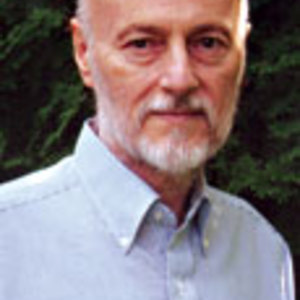Maple: A Versatile Timber
Sometimes fancy, sometimes plain, but never dull
Synopsis: From general contractors to turners, woodworkers appreciate maple’s beauty, its ease of workability, and its readiness to take a finish. It can be used in anything from the finest furniture to packing crates, floors, bowling alleys and pins, and eating utensils. In this article, Jon Arno talks about how many different species of maple there are, the differences between major types (such as hard and soft maple), its figure, notes on machining and finishing it, and its limitations. Side information and macro photographs show differences among types.
Maple has something to offer every woodworker, from general contractors to turners. Even though maple’s inconspicuous figure lacks the striking contrast that gives ring-porous woods, such as oak and ash, their bold character, this diffuse-porous wood is subtly beautiful. Unlike colorful walnut or cherry, light-colored maple has warm brown accents and a translucent, opalescent quality in the way light plays off its surface. And most maple is easy to work and readily takes a finish, and can be used in anything from the finest furniture to packing crates, floors, bowling alleys and pins, cabinets, chairs and eating utensils.
Best of all, maple is exceptionally plentiful and often inexpensive. The latest USDA Forest Service statistics estimate that approximately 42 billion cu. ft. of maple stock (including both hard and soft maple species) is growing on timber lands in the Eastern United States. Most of it is relatively young second growth, but enough of it is of adequate size to produce sawtimber yielding more than 90 billion bd. ft. And this doesn’t include stands of bigleaf maple in the Pacific Northwest, maple in unharvestable reserves, or both soft and hard maple available for logging in Canada. Of the commercially important hardwood cabinetmaking timbers native to North America, only the oaks are more plentiful than maple. Sugar maple, Acer saccharum, (the tree shown here), which is harder than most oaks, is the most common maple cabinetmaking wood; however, softer maples, such as red maple (A. rubrum), are also abundant and can be cost-effective substitutes.
There are about 125 species of maple distributed primarily in the Northern Hemisphere. About two-thirds of all these maples are native to China and the bulk of the remainder is spread out from England to Japan. North America claims only 13 native species and just 6 of these represent important commercial sources of timber. Despite the limited number of species, though, the United States and Canada provide the vast majority of the world’s total production of maple lumber. Commercially, the lumber is divided into two groups: hard maple and soft maple.
From Fine Woodworking #85
For the full article, download the PDF below:
Fine Woodworking Recommended Products

DeWalt 735X Planer

AnchorSeal Log and Lumber End-Grain Sealer

Ridgid R4331 Planer






















Log in or create an account to post a comment.
Sign up Log in